Dear, Village Parents:
We’ve learned that the Little Rock School District has announced it will be closed starting tomorrow, Mar. 13 and reopen on Monday, Mar. 30, 2020.
We follow LRSD guidelines, therefore, we will be closed during the same timeframe. Please check our Facebook page and website for updates.
We apologize for any convenience. Please know that this decision was made carefully and with an abundance of care and concern for our students and our community.
Sincerely,
Your Village Administration
Hello, Village Parents:
As you are aware, concerns about coronavirus (or COVID-19) are rapidly increasing throughout our community, the country and the world. We take these concerns very seriously and are being hypervigilant about any signs of illness and have taken steps that we’d like to share with you to protect our Village community.
First, if your child or a member of your family shows signs of illness of any kind, please let us know and please keep them home until they are symptom-free, unmedicated. Additionally, if you or someone in your family believe you have been potentially exposed to coronavirus, please stay home and keep your child at home with you.
The following are some of the things that we’ve implemented these past few weeks and will keep in place for the unforeseeable future…
• We have implemented more frequent and more stringent cleaning and disinfecting procedures.
• We have discontinued the use of playdo, clay and sand in class to prevent spread of germs.
• We have been teaching and reinforcing several personal hygiene practices daily.
~ Wash hands (ask your child about the handwashing songs)
~ Cough and/or sneeze into elbows.
~ Politely but firmly remind others and selves not to touch faces.
~ Politely but firmly remind others and selves not to put fingers in mouths.
• We are running our special industrial strength Blueair air purifiers in each classroom daily (and we kindly thank our PTO for them).
• We are running our essential oil diffusers nonstop in the classroom filled with tea tree oil which disinfects the air while increasing humidity which slows the transmission of germs.
Please note: There are several instances that would prompt closing our school.
• If an adult in our school community tests positive for COVID-19 or has had contact with a person who has tested positive for COVID-19.
• If LRSD closes all schools.
• If we are advised to close by DHS, the governor or any other government health agency.
• If we are understaffed to the point that we cannot maintain state-mandated ratios.
We will communicate any change to our operations immediately.
Sincerely with grace and courtesy,
Your Village Montessori Administrators
P.S. We also want to provide you with some trustworthy resources to help you keep informed.
While the media has been quick to provide real-time updates on the spread of the virus, we highly recommend you rely on trusted and respected health services when researching and communicating about the novel coronavirus. We are relying on information primarily from the World Health Organization (WHO) at www.who.int and the Centers for Disease Control and Prevention (CDC) at www.cdc.gov.
Below is a brief summary of information and best practices published by the CDC to help you protect yourself from this health concern.
What is the Novel Coronavirus?
Coronaviruses (CoV) are a large family of viruses, some that cause illness in people and others that cause illness in animals. Coronaviruses include the seasonal flu and common cold. Novel (new) coronaviruses are new strains of the virus that have not been previously identified in humans.
Symptoms
Reported symptoms can include a fever, cough, or shortness of breath and may appear in as few as two to fourteen days following exposure. If you develop cold or flu-like symptoms, especially after travelling, it is recommended to call your local healthcare provider for personalized expert advice.
How It Spreads
According to the CDC, transmission of the virus is primarily spread between people who are in close contact with one another. It is also believed that a person can be exposed to the new coronavirus by touching a compromised surface or object. However, due to the delicate nature of the virus, the CDC has stated that exposure from products or packaging that are shipped or mailed over a period of days or weeks as “very low risk.”
Prevention & Treatment
The CDC and WHO have recommended the following steps to help reduce the risk of exposure and to help prevent spreading the virus.
• Clean your hands with soap and water or alcohol-based hand sanitizer and wash for at least 20 seconds
• Avoid touching your eyes, nose, or mouth with unwashed hands
• Cover your nose and mouth when coughing and sneezing with tissue or a flexed elbow, and frequently dispose of used tissues
• Avoid close contact with anyone with cold or flu-like symptoms
• Clean and disinfect objects and surfaces
• Stay home if you feel like you have cold or flu-like symptoms
The Chemistry Behind Autumn’s Awesome Hues
There are so, so, so many reasons to love autumn (milder weather, jackets, less crowded parks and trails, fewer mosquitos, less poison ivy, cozier camping, pumpkins, squash, gourds… we could go on forever), but the best—and certainly brightest—may be what happens to the leaves.
But what exactly does happen to them? Sure, they change from green to yellow and orange and red and even purple and magenta, but why? What’s going on within them that causes this celebrated transformation?
Wonder no more, because Compound Interest, an educational website run by UK-based chemistry teacher Andy Brunning, has created an eye-pleasing one-page graphic that plainly explains the chemicals responsible for autumn’s dazzling leaf show.
Basically what’s going on is that flavonoids and carotenoids, the compounds responsible for fall foliage’s yellow and orange-red hues respectively, are present in leaves throughout the year, but they’re overwhelmed by high levels of vivid green chlorophyll during the summer months. Leaves can only produce chlorophyll—a necessary component of photosynthesis—in the presence of warmth and sunshine, which of course become increasingly scarce starting in late September. As chlorophyll production slows and then stops, yellow and orange flavonoids and carotenoids are allowed to shine through.
Beyond fall’s fiery hues, carotenoids are responsible for the salient shades of many foods including carrots, egg yolks, and tomatoes.
Autumn’s deepest reds, purples, and magentas are caused by anthocyanins, a type of flavonoid that unlike those discussed above is not present throughout the year. Its production is triggered only in the fall when sunlight interacts with seasonally higher concentrations of sugar in the leaves.
Head to Compound Interest to further increase the depth of your leaf-peeping knowledge.
The idea of resetting clocks forward an hour in the spring and back an hour in the fall was first suggested by Benjamin Franklin in his essay “An Economical Project for Diminishing the Cost of Light,” which was published in the Journal de Paris in April 1784.
Franklin’s suggestion was largely overlooked until it was brought up again in 1907 by Englishman William Willett, who penned a pamphlet called “The Waste of Daylight.” Although the British House of Commons rejected Willett’s proposal to advance the clock one hour in the spring and back again in autumn in 1908, British Summer Time was introduced by the Parliament in 1916.
Many other countries change their clocks when adjusting to summer time, but the United States only began doing so towards the end of World War I in an attempt to conserve energy. The House of Representatives voted 252 to 40 to pass a law “to save daylight,” with the official first daylight saving time taking place on March 15, 1918. This was initially met with much resistance, according Michael Downing, author of the book “Spring Forward: The Annual Madness of Daylight Saving Time.”
“When the Congress poked its finger into the face of every clock in the country, millions of Americans winced,” Downing wrote. “United by a determination to beat back the big hand of government,” daylight saving time opponents “raised holy hell, vowing to return the nation to real time, normal time, farm time, sun time—the time they liked to think of as “God’s time.'”
In fact, even when Congress officially made the time change a law under the Uniform Time Act of 1966, it only stated that if the public decided to observe daylight saving time, it must do so uniformly. Hawaii and Arizona (with the exception of the Navajo Reservation), still choose not to partake in the convention, as do some U.S. territories, including American Samoa, Guam, Puerto Rico and the Virgin Islands.
Originally, clocks were sprung forward on the last Sunday in April and turned back on the last Sunday in October, but the Energy Policy Act of 2005 shifted the start of daylight saving time to the second Sunday in March and the end to the first Sunday in November.
Source: https://www.google.com/amp/s/www.livescience.com/amp/11069-started-daylight-saving-time.html

 Our Village Montessori
Our Village Montessori About Montessori
About Montessori Calendar
Calendar Blog
Blog Admissions
Admissions Contact
Contact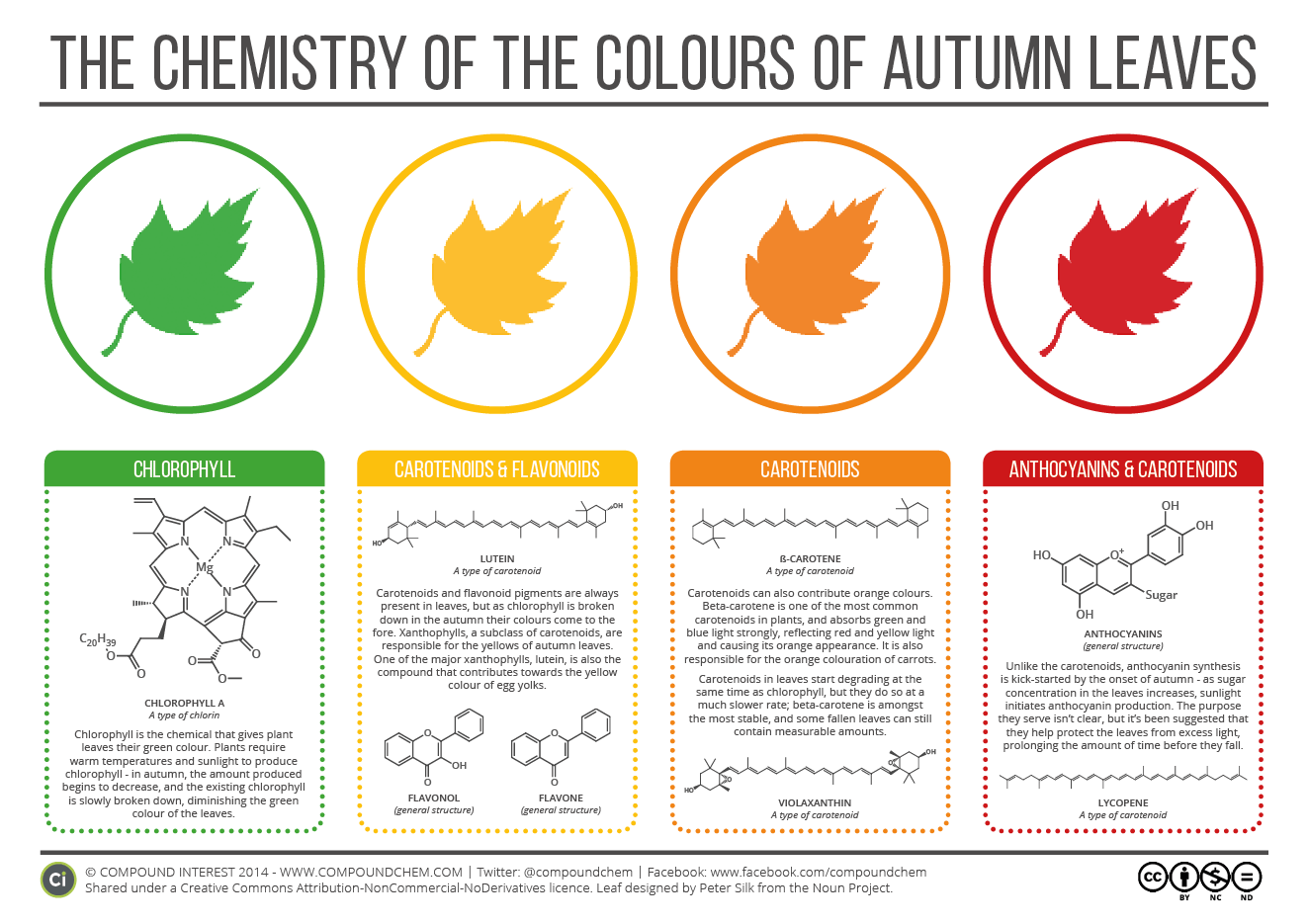
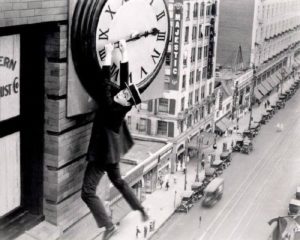
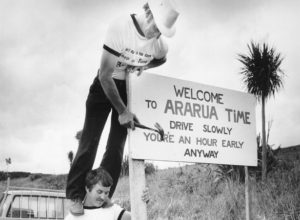
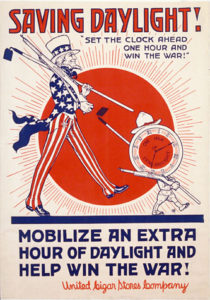
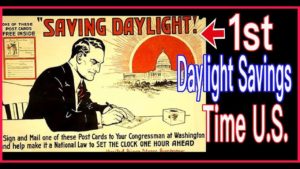
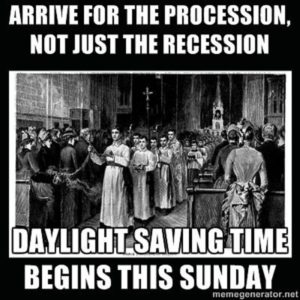
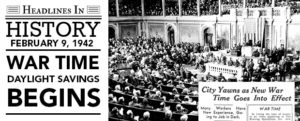
501.944.4483